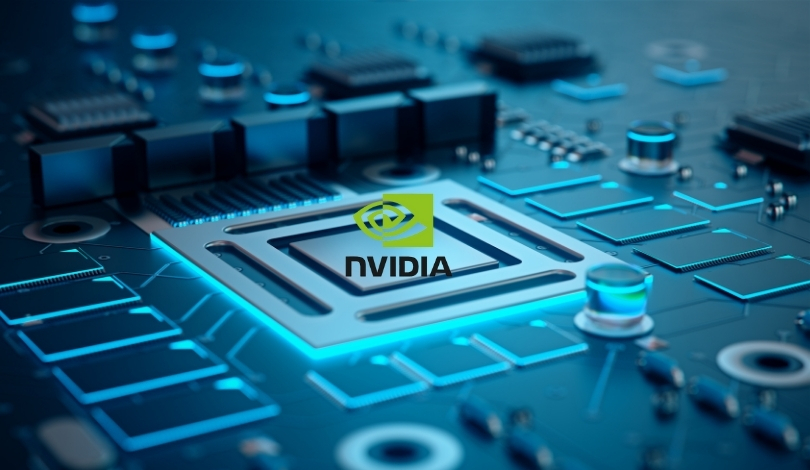Nvidia‘s anticipated release of the RTX 5060 in May places the graphics card manufacturer in a competitive spot. With Intel reportedly ready to challenge Nvidia, along with AMD‘s continued advancements, the landscape of the graphics processor market is set for an exciting shift. Both Intel and AMD have increased their presence in the market, which presents challenges for Nvidia’s dominance. These developments highlight the evolving dynamics among the key players, especially during Nvidia’s crucial product launch phase. The presence of multiple competitors may influence consumer decisions, presenting potential changes in market share distribution.
While Nvidia has traditionally led in the graphics processing unit (GPU) realm, AMD and Intel’s expanded participation marks a critical phase for the market. Intel, historically a central figure in CPU production, has been progressively entering the GPU space, often in direct competition with Nvidia’s offerings. AMD, with its Radeon cards, has consistently been positioning itself as a prime alternative to Nvidia. This interplay among the key players continues to shape the future of GPU technologies, affecting both pricing and innovation prospects.
What are Nvidia’s strategies?
Nvidia aims to strengthen its leadership with the RTX 5060 by offering advanced graphical technology and efficiency. The company often leverages its experience and history of performance to maintain a foothold against competitors. By improving core specifications and optimizing energy consumption, Nvidia seeks to appeal to both gaming enthusiasts and professional users. This approach is essential as it faces increased market challenges from AMD and Intel.
How is AMD positioning itself?
AMD continues to challenge Nvidia with its Radeon series, which is known for delivering high performance at competitive prices. It has been working on enhancing architectural efficiency and boosting raw performance. AMD’s strategy hinges on affordability combined with significant power improvements, targeting mainstream consumers seeking quality and value. This competitive pricing tactic puts pressure on Nvidia’s market share, especially if key performance metrics are matched or exceeded.
Will Intel impact the GPU market significantly?
Intel’s potential entry into the competitive GPU sector could add complexity to current dynamics. Historically focused on CPUs, Intel’s success in GPUs could shift market paradigms by offering novel alternatives to Nvidia and AMD’s renditions. Its influence depends on how well it can balance performance, pricing, and innovative technology. Entering the GPU market may lead to increased competition, pushing Nvidia and AMD to revisit their strategies.
Assessing these developments suggests that Nvidia, AMD, and Intel each have opportunities to innovate and capture market interest. As technological advancements continue, consumers may see improved products and pricing flexibility. The presence of robust competition can benefit end-users through technology progression and options suited for varied usage needs. Staying attuned to these industry shifts can help consumers make informed purchasing decisions.










